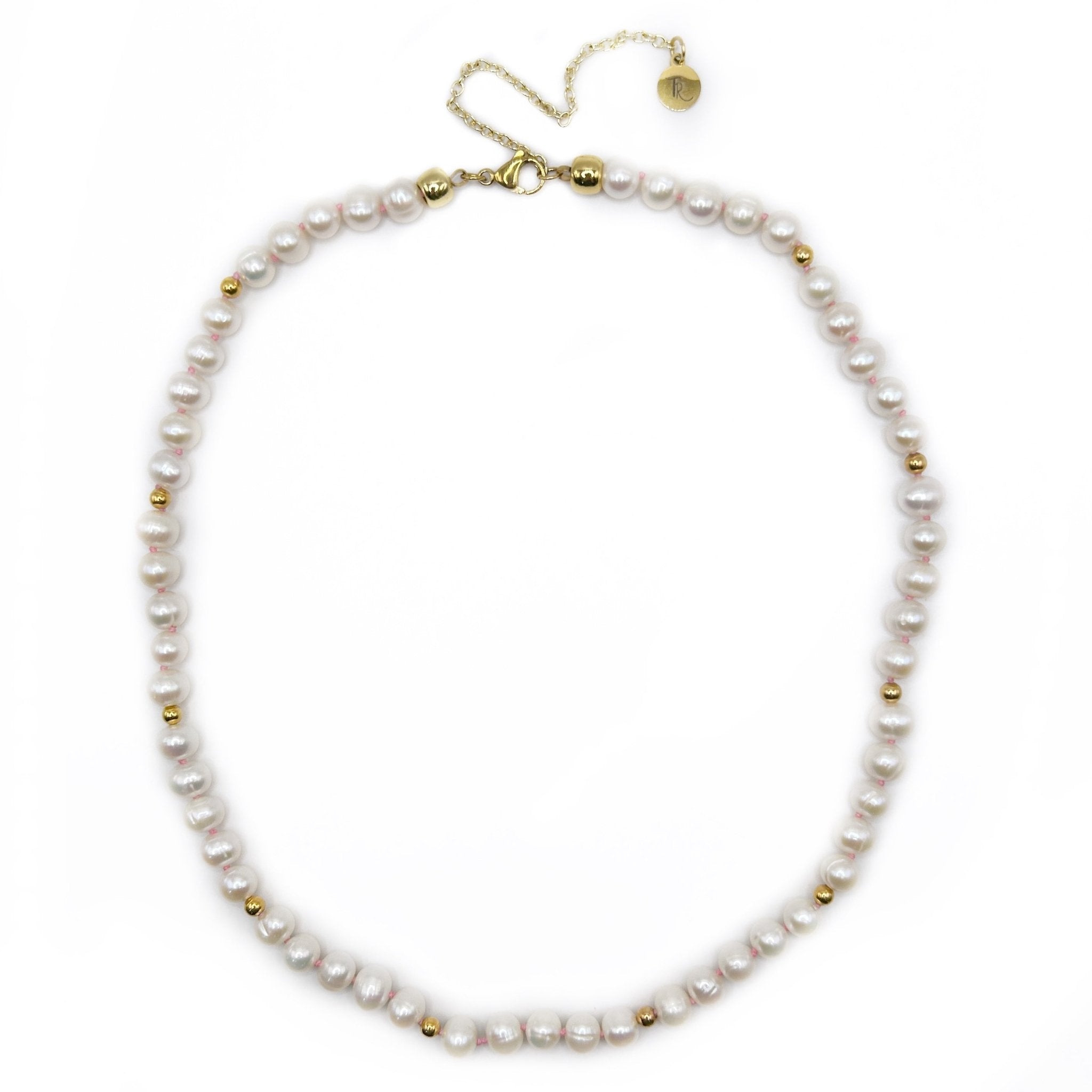History of Aventurine
Ancient Tibetans used Aventurine to decorate statues, believing that the gemstone would enhance the statue’s power and bring prosperity. Similarly, in ancient China, Aventurine was known as the "Imperial Gemstone," used in intricate carvings and jewelry for royalty. This rich history of Aventurine showcases its timeless appeal and enduring allure, making it a gemstone steeped in legend and prestige.
Color Variations of Aventurine
Aventurine is primarily a quartzite mineral that includes inclusions of mica, hematite, or goethite. The most common and popular colors of Aventurine are:
- Green Aventurine: This is the most well-known and widely used variety of Aventurine. The green hue is typically due to the presence of fuchsite, a chromium-rich mica. Green Aventurine ranges from a pale mint green to a deep forest green, with the most valued stones exhibiting a rich, vibrant color and strong aventurescence.
- Blue Aventurine: The blue variety of Aventurine gets its color from the presence of dumortierite. Blue Aventurine ranges from light to dark blue, often with a slightly metallic sheen. This variety is less common but highly sought after for its calming and serene appearance.
- Red Aventurine: Red Aventurine contains inclusions of hematite or goethite, which give it a reddish-brown color. This variety is known for its energetic and invigorating properties, making it popular in various decorative and jewelry applications.
- Yellow Aventurine: Yellow Aventurine’s sunny color comes from inclusions of mica and pyrite. It ranges from pale yellow to golden hues and is cherished for its bright and cheerful appearance.
- Peach Aventurine: This softer, more delicate variety of Aventurine is characterized by its peachy-orange color. The peach color is typically due to the presence of hematite or goethite, giving the stone a warm and inviting look.
Aventurine in Jewelry
Aventurine’s unique sparkle and diverse color range make it a popular choice for various types of jewelry. Its versatility allows it to be crafted into stunning pieces that suit any style, from bohemian to elegant. Here are some of the most popular uses of Aventurine in jewelry:
- Necklaces and Pendants: Aventurine’s vibrant colors and shimmering effect make it an excellent centerpiece for necklaces and pendants. Green Aventurine, in particular, is often used in large statement pendants, either polished or faceted, set in sterling silver or gold. The stone's natural beauty is highlighted in simple settings, while more elaborate designs incorporate intricate metalwork and complementary gemstones to enhance its allure.
- Earrings: Aventurine earrings can range from subtle studs to elaborate chandelier designs. Stud earrings featuring green or blue Aventurine provide a pop of color and sparkle, while dangle or chandelier earrings allow for more movement and light play. Aventurine pairs beautifully with other gemstones like quartz, amethyst, and pearl, creating harmonious and eye-catching designs.
- Bracelets: Beaded bracelets made from Aventurine are particularly popular for their bohemian and earthy vibes. These bracelets often combine Aventurine beads with other natural stones and materials like wood or leather, resulting in a casual yet sophisticated look. Bangle bracelets featuring Aventurine cabochons offer a more polished and refined appearance, suitable for both casual and formal occasions.
- Rings: Aventurine rings are cherished for their striking appearance and versatility. Solitaire rings with large Aventurine cabochons or faceted stones make a bold statement, while smaller, intricately designed rings provide a subtle pop of color. The stone’s durability and unique appearance make it a favorite for everyday wear and special occasions.
Metaphysical Properties of Aventurine
Aventurine is not only prized for its aesthetic qualities but also for its metaphysical properties. It is often associated with luck, prosperity, and emotional balance. Here’s a brief overview of the metaphysical properties of different types of Aventurine:
- Green Aventurine: Known as the “Stone of Opportunity,” green Aventurine is believed to attract luck and prosperity. It is also thought to have calming and balancing effects, promoting emotional tranquility and well-being.
- Blue Aventurine: This variety is associated with the throat and third eye chakras, believed to enhance communication and psychic abilities. It is also thought to promote calmness and clarity of mind.
- Red Aventurine: Known for its invigorating properties, red Aventurine is associated with vitality, creativity, and confidence. It is believed to boost energy levels and motivate action.
- Yellow Aventurine: This sunny stone is thought to promote optimism, self-confidence, and creativity. It is often associated with the solar plexus chakra, helping to enhance personal power and decision-making.
- Peach Aventurine: Known for its gentle and soothing properties, peach Aventurine is believed to promote compassion, understanding, and emotional healing. It is often associated with the heart chakra, helping to foster loving and harmonious relationships.
Caring for Your Aventurine Jewelry
To keep your Aventurine jewelry looking its best, it is essential to follow proper care guidelines. Aventurine has a Mohs hardness of 6.5 to 7, making it relatively durable but still susceptible to scratches and impacts. Here are some tips for caring for your Aventurine pieces:
- Avoid harsh chemicals: Exposure to chemicals found in household cleaners, perfumes, and hairsprays can damage Aventurine. It is best to remove Aventurine jewelry before using such products.
- Store properly: Store Aventurine jewelry in a soft pouch or a separate compartment of a jewelry box to prevent scratches from other pieces.
- Clean gently: Clean Aventurine jewelry with a soft cloth and mild soap solution. Avoid ultrasonic cleaners or steamers, as they can damage the stone.
Aventurine is a gemstone that captivates with its shimmering beauty and rich color variations. From its historical significance to its versatile uses in modern jewelry, Aventurine continues to enchant and inspire. Whether you are drawn to the calming green hues of green Aventurine or the invigorating energy of red Aventurine, this gemstone offers a timeless appeal that resonates with jewelry lovers and gemstone enthusiasts alike. By understanding its history, color variations, and proper care, you can appreciate the beauty and significance of Aventurine and incorporate this stunning gemstone into your own collection.




